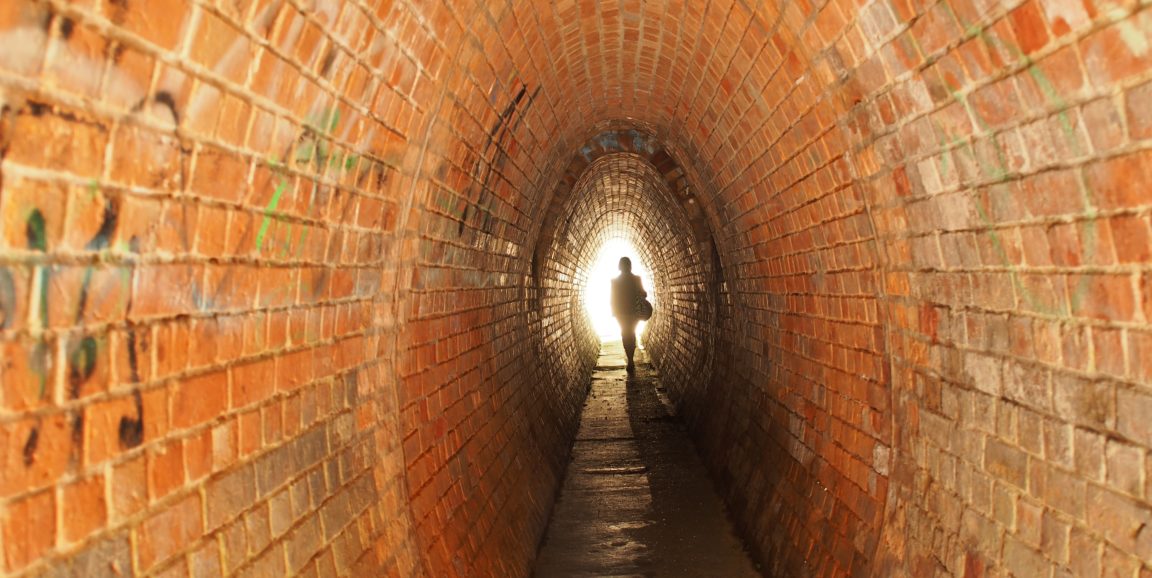As the nation copes with a new wave of coronavirus infections, public health experts could benefit from better methods of measuring the reach of the virus within a community.
Nasal swabbing and saliva testing, even if free and readily available, have their limits. The people who get tested include mostly those who have the time, and the means, to go to a testing site -- excluding large segments of a population. In addition, those who are infected but have no symptoms may be less likely to seek out testing.
Whatever the reason, the number of COVID-19 cases in any given community might appear to be lower than it really is.
But there's one thing everyone does, most every day, that can provide valuable information about a city or county's infection rate: Use a toilet.
Early detection
The genetic material of COVID-19 appears in feces, so researchers can gain insights into changes in infection rates by taking samples from a sewage treatment plant. Because for many people viral shedding begins before they experience symptoms, wastewater testing can indicate an increase in the infection rate before patient testing does.
"It provides a composite sample from the community," said Alexandria Boehm, PhD, a professor of civil and environmental engineering at Stanford who received a grant early in the pandemic from the National Science Foundation to measure COVID-19 in wastewater.
"No one has to change their behavior" to provide information, she added. "All you have to do is your business, and flush your toilet. That's the huge benefit of wastewater."
An article about the research published on Dec. 7 in Environmental Science & Technology.
Boehm studies pathogens in wastewater, oceans and rivers and on surfaces; and she oversees a lab of students and postdoctoral fellows who process samples provided by staff members at 50 wastewater plants around the Bay Area, California and the nation. The researchers extract RNA from the samples and test it for the coronavirus using kits similar to the ones that are used for patient specimens.
Their research has shown that virus levels in the wastewater samples correlate with new COVID-19 infections in the area the wastewater plant serves. As they continue their investigation of wastewater samples, Boehm and her colleagues are talking with public health officials about the best ways to use the information.
So far, only a few government agencies are employing wastewater testing of COVID-19 to inform policies, but the U.S. Centers for Disease Control and Prevention is establishing a database to help public health officials use wastewater data effectively.
Learning curve
Testing wastewater for pathogens has been used around the world, most notably for poliovirus. But the coronavirus that causes COVID-19 is new.
Boehm noted that she and her colleagues, including scientists, engineers and public health officials, are still learning how wastewater measurements can help stem the spread of COVID-19.
"There's a lot of outreach and learning going on," she said. "We're trying to learn from public health experts, and public health experts are trying to learn from us."
Photo by Bruno Neurath-Wilson




